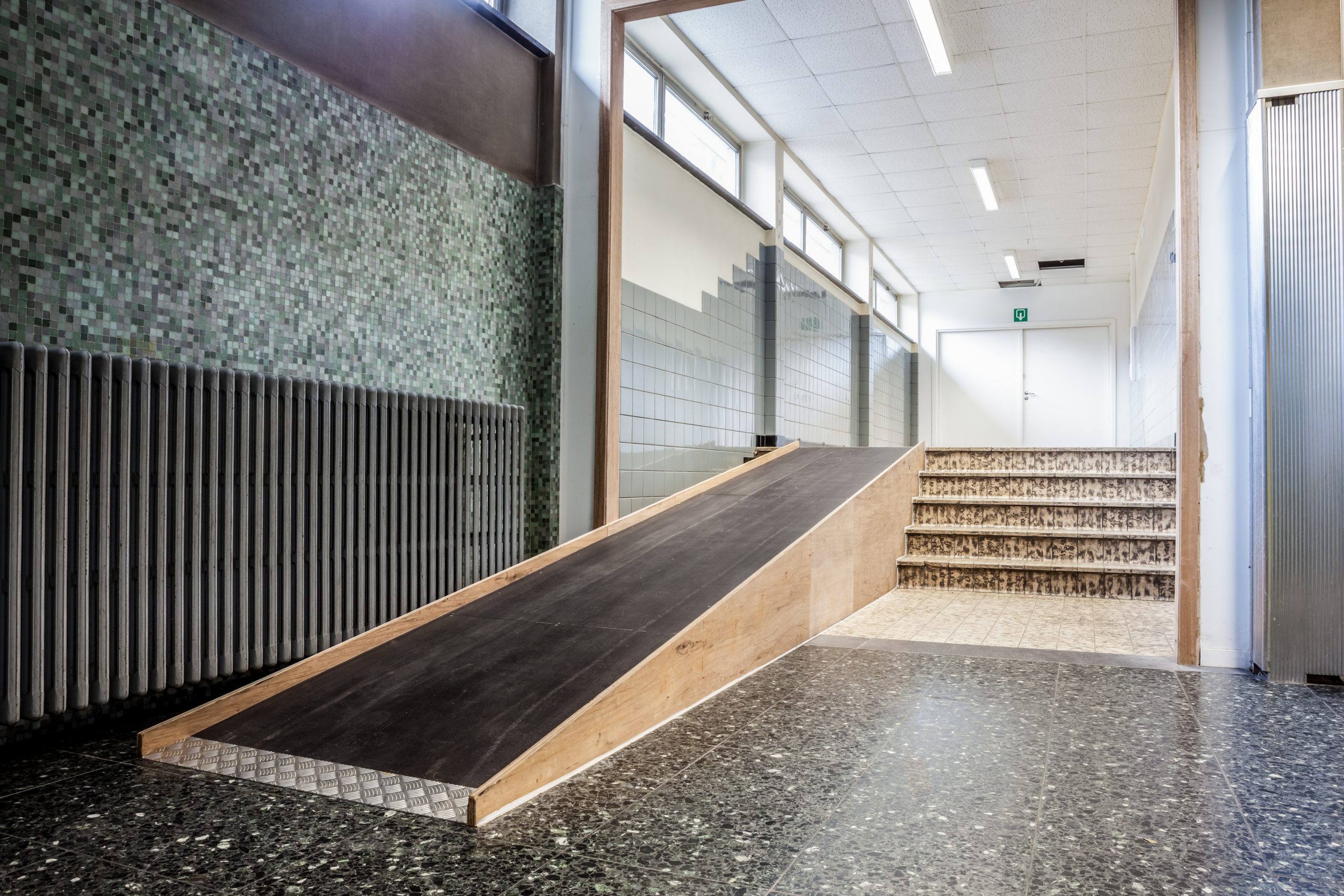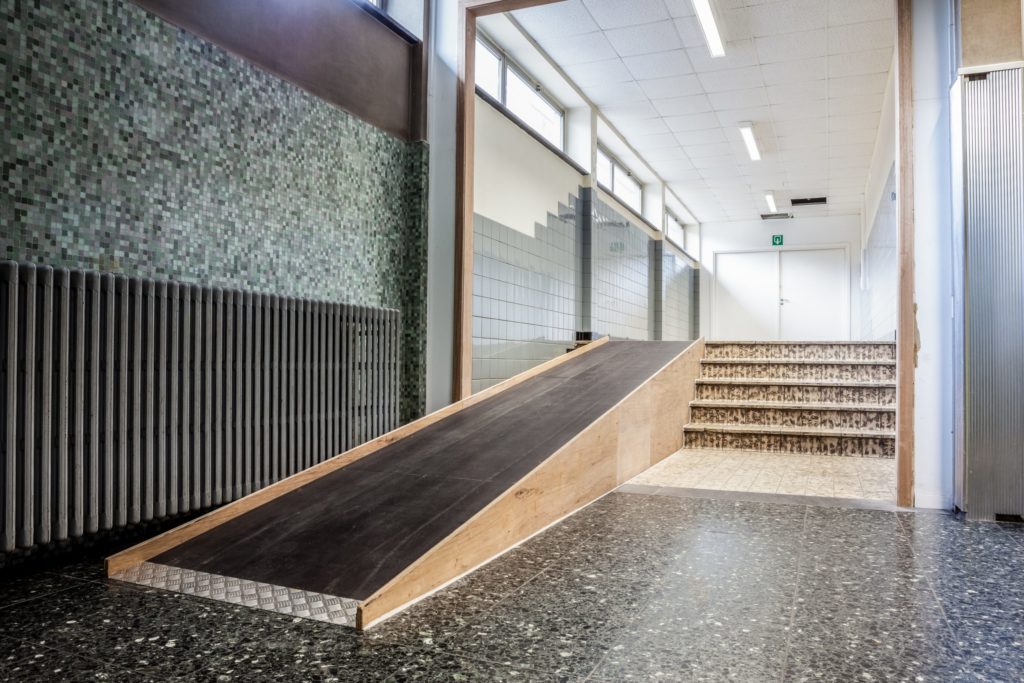
Designing for Accessibility: Inclusive Architecture for All
In the world of architecture and design, the concept of accessibility has evolved significantly over the years. No longer is it simply about meeting basic building codes and regulations; it’s about creating spaces that are inclusive and accommodating for people of all abilities. In this blog post, we’ll explore the importance of designing for accessibility and how inclusive architecture can benefit everyone.
Understanding Accessibility
Accessibility is all about ensuring that the built environment, products, and services are usable by people with disabilities. This includes individuals with mobility challenges, visual or hearing impairments, cognitive disabilities, and other conditions that may affect their ability to interact with their surroundings.
Accessible design goes beyond the physical aspects of architecture. It also encompasses communication, technology, and the overall user experience. When architects and designers embrace accessibility, they create spaces that are not only functional but also welcoming to all, regardless of their abilities.
The Benefits of Inclusive Architecture
- Social Inclusion: Inclusive architecture fosters social inclusion by breaking down barriers and creating environments where everyone can participate equally. It promotes diversity and encourages interaction among people of varying abilities.
- Legal Compliance: Complying with accessibility standards and regulations is not just a moral obligation; it’s also a legal requirement in many countries. Designing with accessibility in mind helps architects and builders avoid potential legal issues.
- Market Expansion: An accessible space attracts a broader clientele. This includes not only individuals with disabilities but also their friends and family. By designing inclusively, businesses and institutions can tap into a larger customer base.
Key Principles of Inclusive Architecture
- Universal Design: Universal design is the core principle of inclusive architecture. It involves creating environments and products that are usable by people of all abilities, without the need for specialized adaptations. It’s about designing for diversity from the start.
- Flexibility and Adaptability: Spaces should be designed to accommodate changing needs and preferences. This might include adjustable furniture, flexible layouts, or adaptable technology.
- Clear and Consistent Signage: Visual and tactile signage is essential for wayfinding in public spaces. Clear signage with easy-to-read fonts and tactile information benefits people with visual impairments.
- Accessible Transportation: Consideration should be given to accessible transportation options, such as ramps, elevators, and designated parking spaces. Public transportation systems should also be designed with accessibility in mind.
- Sensory Considerations: Designing for accessibility involves addressing sensory needs. For instance, spaces should have appropriate lighting levels, acoustics, and color schemes that accommodate various sensory sensitivities.
- Inclusive Technology: Incorporating inclusive technology, such as text-to-speech software and assistive listening devices, can enhance accessibility and usability for individuals with disabilities.
Real-World Examples
- The High Line, New York City: This elevated linear park incorporates accessible pathways, ramps, and seating areas, making it accessible to people with mobility challenges while preserving its unique design.
- The Louvre Abu Dhabi: This world-renowned museum features a tactile and audio guide for visitors with visual impairments, as well as accessible galleries and restrooms.
- Apple Stores: Apple’s retail stores are known for their inclusive design, with features like ramps, wide entrances, and assistive technology integrated into their products.
Conclusion
Designing for accessibility is not just a design trend; it’s a fundamental aspect of responsible architecture. Inclusive architecture not only benefits people with disabilities but also enhances the overall quality of the built environment for everyone. As architects, designers, and builders continue to prioritize accessibility, we can create a more inclusive and equitable world where everyone has equal access to spaces, services, and opportunities. By embracing the principles of universal design, flexibility, and sensory considerations, we can truly design for all.






